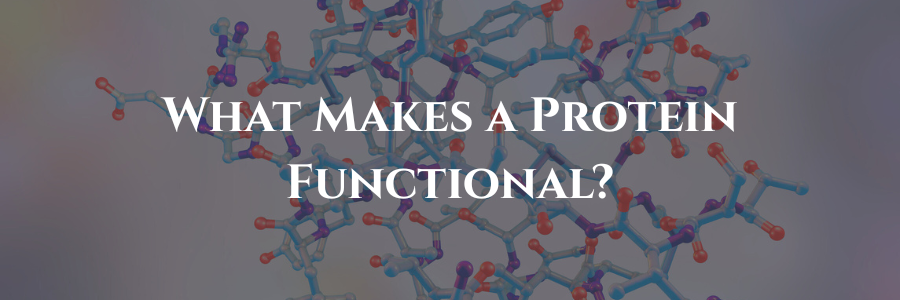Pharma Digest

Determination of Dissolved CO2 in Soft Drinks
A Hands-On Experiment with Dissolved CO2 I’ve always wondered about the science behind the things we do every day. I recently set out to measure the ‘fizz’ in soft drinks by finding out how much CO2 is dissolved. This was a wonderful experiment of titration with sodium hydroxide. It wasn’t ... Read More

The Science Behind the Drug Potency
The science behind drug potency is far more complex than you think. If you’re in pharmaceuticals or biotechnology, you’ll frequently hear the term “potency.” But what exactly does it mean, and why is it important? What is Drug Potency? Potency refers to the amount (dose or concentration) of a drug ... Read More

Why Are Phosphate Buffers So Popular in HPLC?
If you work with HPLC chances are you’ve used phosphate buffers. But why phosphate? What makes them so widely trusted? Let’s find out why? 1. Excellent pH Control Phosphate has three dissociation constants (pKa) values: This allows effective buffering across a broad pH spectrum. This is essential for controlling the ... Read More

What Should Flow Through HPLC Column?
What Should You Flow, and What Shouldn’t in HPLC? It Depends on Your Column! What you flow, what you avoid flowing, and in what order, all depend on your column’s stationary phase and physical parameters. Let’s break it down scientifically: Stationary Phase Chemistry 1. Reversed-phase columns (like C18): 2. Normal-phase ... Read More

Troubleshooting in HPLC | A Detective Game in the Lab
Even the best HPLC methods sometimes run into trouble. Poor peak shapes? pressure spikes? incorrect retention times? You need to identify define the problem, define which component(s) may be causing it, then solve it. This process is called troubleshooting. It’s an art as much as it is a science. Think ... Read More

Why Protein Folding Matters?
Proteins are tiny machines that must fold into the right shape to work. Imagine folding a piece of paper into a paper airplane. If the folds are done right, you get a perfect flying airplane. One wrong fold? It doesn’t fly—it falls apart. That’s exactly how proteins behave. Why Is ... Read More

What Makes a Protein Functional?
Proteins are not just strings of amino acids they are complex, highly structured, dynamic molecule that must fold correctly to function properly. But what exactly determines whether a protein is functional? Here are some factors that determine proteins functionality: Primary Structure Protein Folding Post-Translational Modifications (PTMs) Molecular Interactions Environmental factors ... Read More

Conducting BE Studies for NTI Drugs
Here’s a detailed explanation of how bioequivalence (BE) studies are conducted for narrow therapeutic index (NTI) drugs, including regulatory expectations, study design, analytical methods, and statistical analysis: Detailed Overview: Bioequivalence Study for NTI Drugs What are NTI Drugs? NTI (Narrow Therapeutic Index) drugs are those where small differences in dose ... Read More

DCP vs. MRP | Choosing the Right Regulatory Pathway in the EU
Navigating the European regulatory landscape can be complex, especially when seeking approval for medicinal products across multiple countries. Two key procedures streamline this process: Decentralized Procedure (DCP) and Mutual Recognition Procedure (MRP). While both facilitate multi-country approvals, understanding their differences is essential for strategic regulatory planning. Decentralized Procedure (DCP) DCP ... Read More

Handling Conflicting Regulatory Requirements | A Strategic Approach
In global regulatory affairs, one of the most complex challenges we face is resolving conflicting requirements from different regulatory bodies. Each agency has its own set of expectations, shaped by regional regulations, scientific perspectives, and risk tolerance. Navigating these differences requires a strategic, risk-based approach to ensure compliance while maintaining ... Read More

The Secrets of Good Peak Shape in HPLC
Achieving good peak shape in HPLC is essential for accurate quantitation, improved resolution, and extended column lifetime. A well-shaped peak is symmetrical, with a tailing factor of ~1.0, high efficiency, and narrow peak width. Key Factors Influencing Peak Shape Column Selection & Chemistry Silica Purity & Acidity: Specialized Phases: Mobile ... Read More
